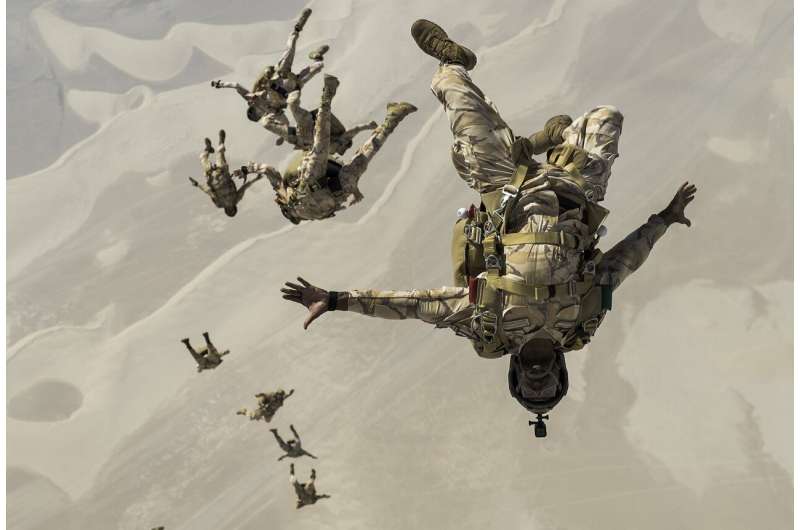Examining the neurological effects of repeated blast exposure in special operations personnel

A new study published in the Journal of Neurotrauma shows that neuroinflammation may be a key feature of the brain response to blast exposure over a career in U.S. military special operators.
James Stone, MD, Ph.D., from the University of Virginia, and coauthors used positron emission tomography (PET) brain imaging plus inflammatory biomarker analysis within whole serum and brain-derived extracellular vesicles extracted from serum to assess neuroinflammation in blast-exposed special operators and controls matched by age and duration of service. Brain networks affected by neuroinflammation included regions associated with memory retrieval, executive functioning, and sensory processing.
“Within the exposed cohort, PET neuroinflammation measurements increase significantly with higher exposure levels,” stated the investigators. “Additionally, MRI measurements demonstrate that increased blast exposure relates to reductions in volume and thickness of brain structures.”
“This is an impressive study. Hopefully, a harbinger of many future investigations into the underlying pathophysiological effects of repeated blast exposures,” says David L. Brody, MD, Ph.D., Editor-in-Chief of Journal of Neurotrauma.
“Further investigations will be needed to determine whether there are strong relationships between brain inflammation and outcomes. We all hope that treatments that modulate brain inflammation will help improve neurological performance, and this study provides an important step towards that ultimate goal.”
More information:
James R. Stone et al, Neurological effects of repeated blast exposure in Special Operations personnel, Journal of Neurotrauma (2023). DOI: 10.1089/neu.2023.0309
Journal information:
Journal of Neurotrauma
Source: Read Full Article
